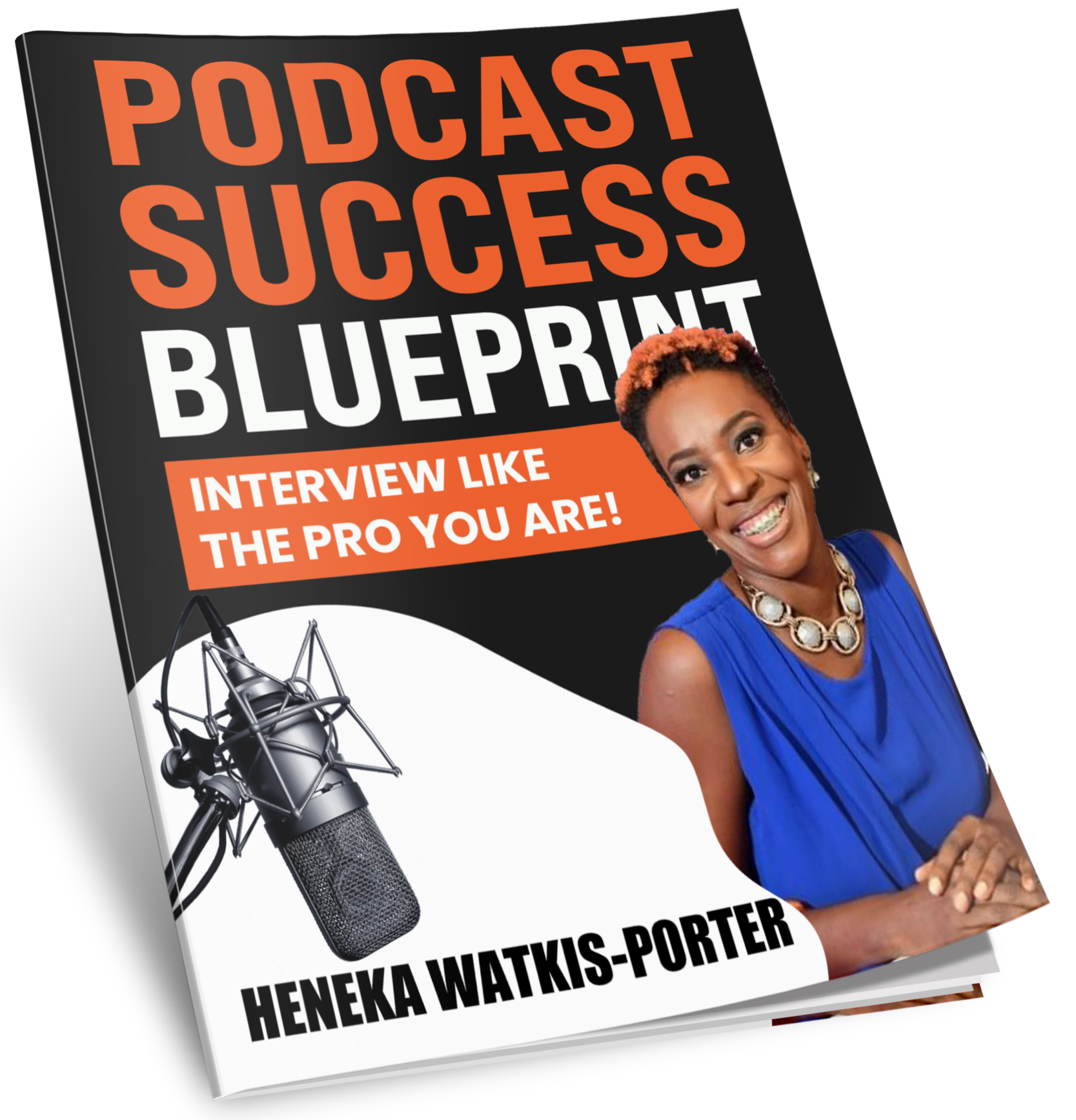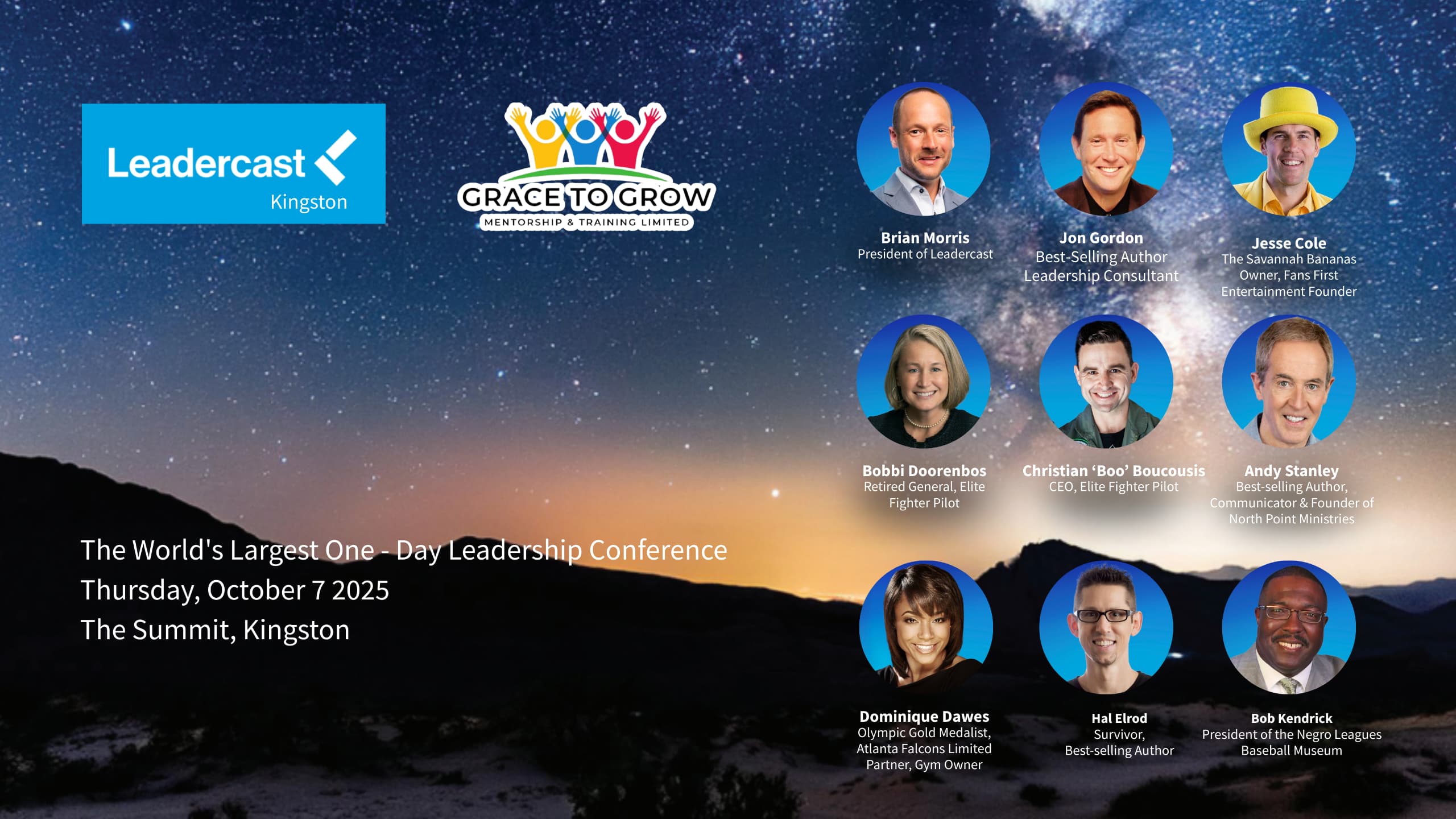From as far as I can remember there has been debates about what makes a good leader. When you analyze leaders across industries and cultures, you will find that leadership styles vary from one leader to the next.
Based on a study of over 3,000 Executives, Daniel Goleman identified six different leadership styles:
6 Leadership Styles
- Coercive (or Commanding)
- Pace-setting
- Authoritative
- Affiliate
- Democratic
- Coaching
What is clear however is that to be in the running as a ‘good leader’ candidate, there are some basic soft skills that are necessary.
As it turns out, there is no one right way to lead in all circumstance. In fact, one of the main characteristics of a good leader is their ability to be flexible enough to adapt to changing tides. They must be able to ride the wave of the moment. Whether the environment be that of church, school, government, non-profit, or the home, leaders must be able to exercise some level of fluidity.
Be Flexible
Being flexible in your approach, allowing your team to feel at ease will win them over on your side. When persons are at ease they perform at their best. The converse is also true, you may get persons to respond to you in the short run by driving fear in them but you eventually limit their long-term output using fear as a driver for action.
If you are a Coercive leader, think about flexing your style to improve your relationships and become a better leader. For me this is personal. As I look back at how I was as a leader when I operated a ‘brick and mortar’ I realize that I was quite coercive in my approach. My firm demeanor would often be interpreted as bullyism. After a while, I had little or no impact on those I lead. Though that was never the intent, my retrospective look tells me that is exactly how it came across.
I’m thankful for those experiences as I am in a better place to understand what I did wrong and the things I must improve upon to be effective. I also assess the styles of others to see how they operate and note critical take-aways and of course acknowledge style differences and work to meet half-way.
Suffice it to say, I’ve always been open to new ideas (or so I thought). But even with that, I held on closely to doing things how I believed it should be done without much room for what others thought (I never admitted this though). I was rigid and stubborn. I have learnt well.
Now, I do things that no one has ever done before and have a willingness to ‘first seek to understand then be understood.” This is one of Stephen Covey’s 7 habits of highly effective people, a book I recommend that everyone especially leaders ought to read.
Being Flexible is a Skill
Flexibility is essential to maintaining productivity during periods of confusion and uncertainty. When you become skilled at being flexible, you become open to new ideas and get to work with people from all sorts of backgrounds and cultures. The more flexible you are, the more effective you are at leading others.
Have you been holding on to your ideas and way of thinking without allowance for the viewpoints of others? If you are feeling resistance from your team and those you work with, your flexibility meter may need readjusting. Do this and watch things change in your favour.
If you have comments or reactions, we’d like to hear from you. Comment below.








